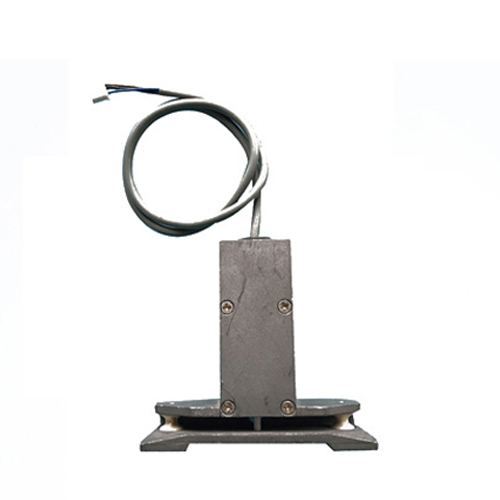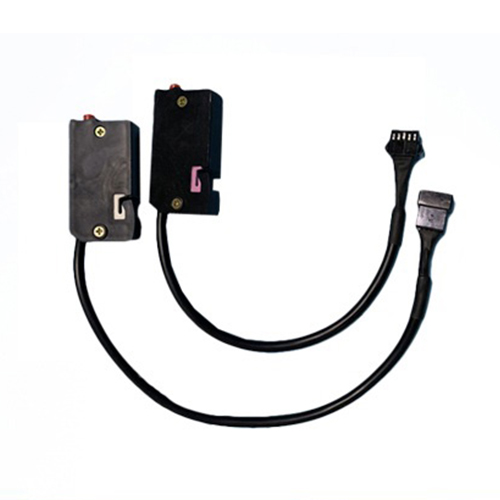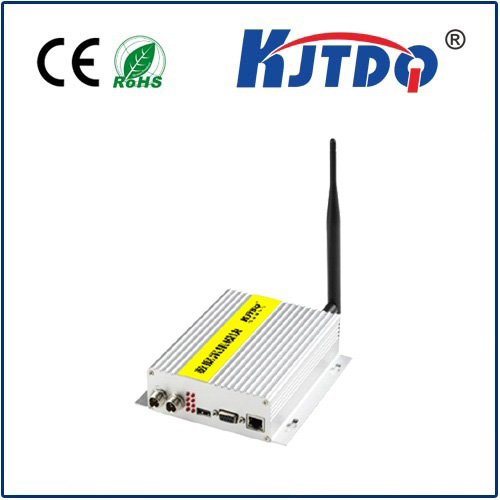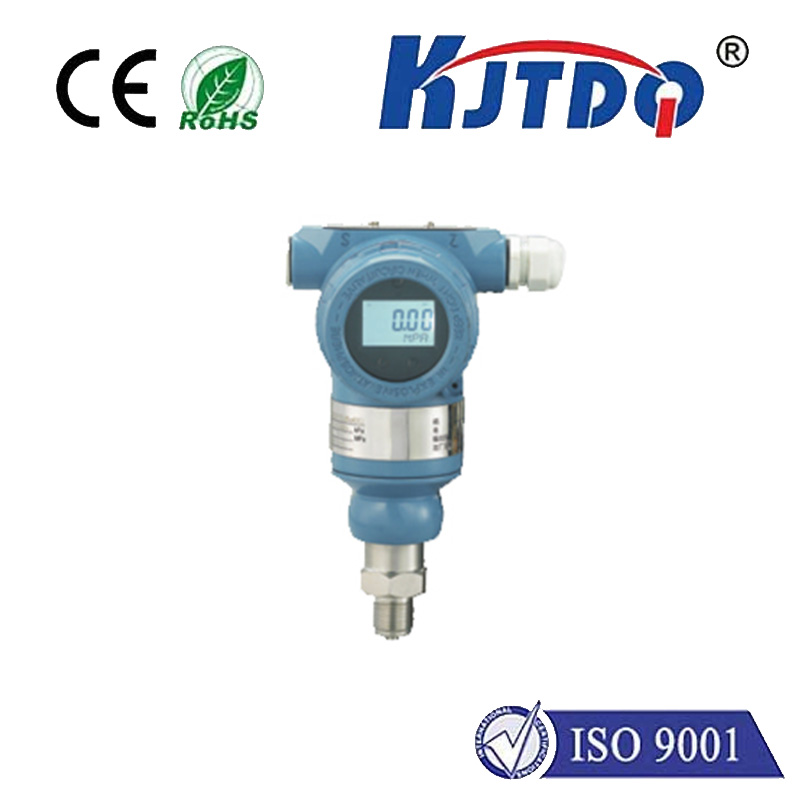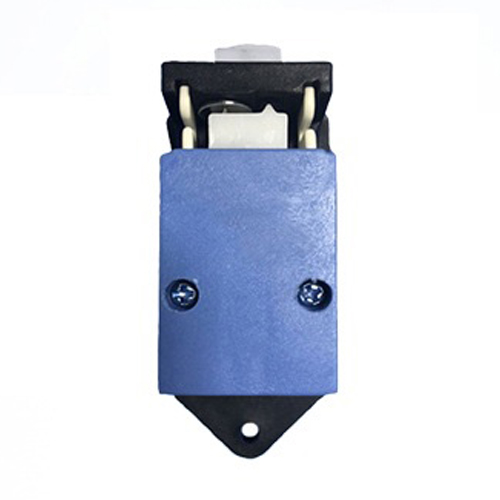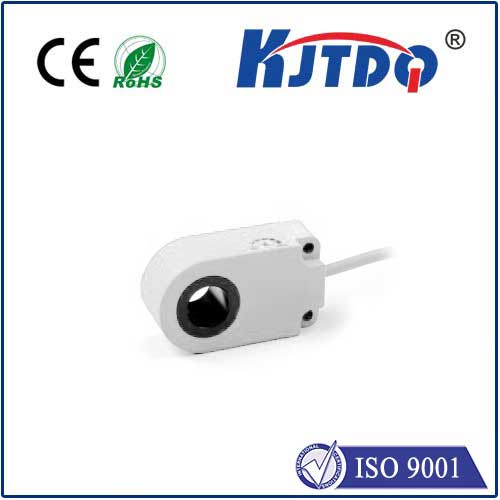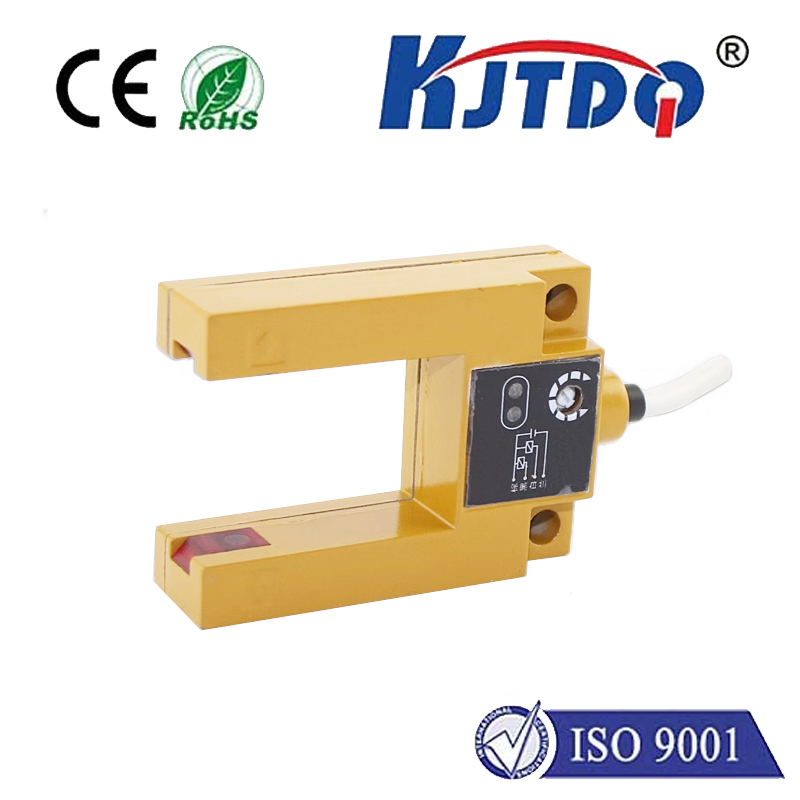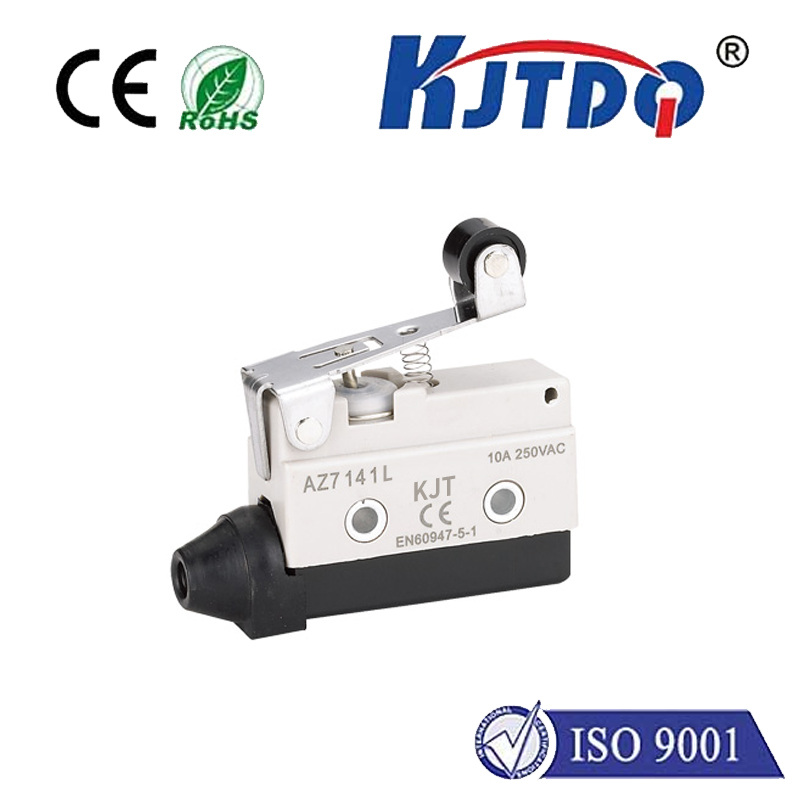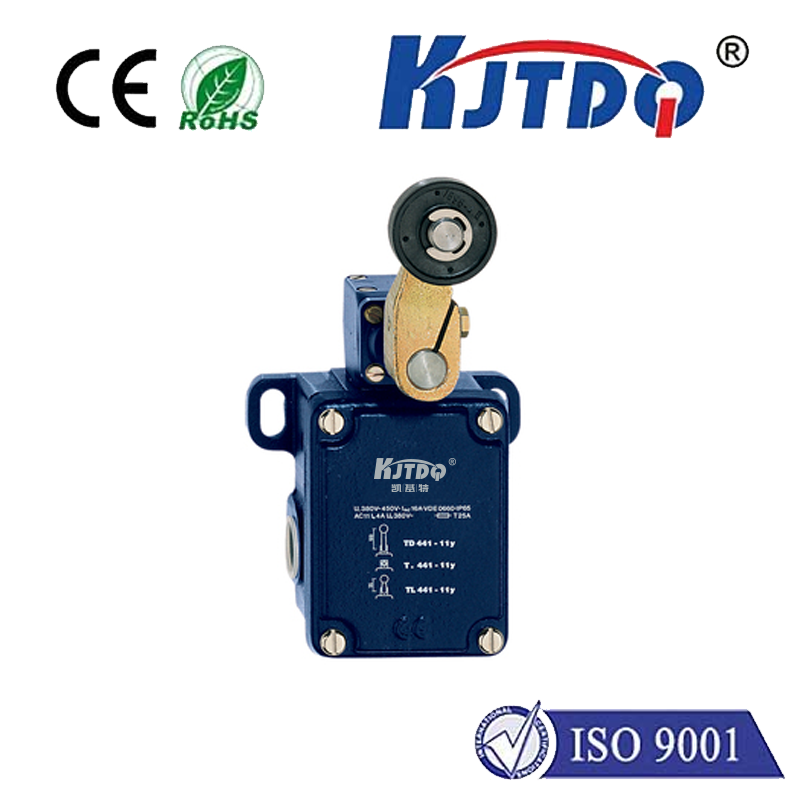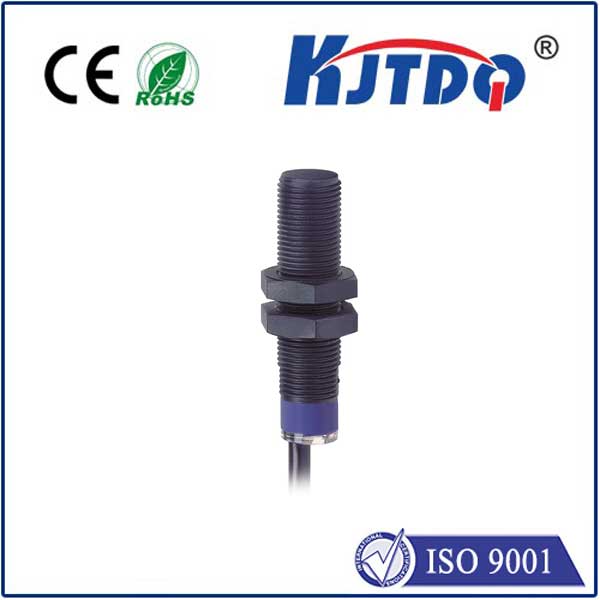BES057R proximity sensor
- time:2025-10-15 00:55:32
- Click:0
BES057R Proximity Sensor: The Unseen Guardian of Precise Industrial Positioning
Imagine a high-speed assembly line. Robotic arms move with blinding speed, conveyor belts whirr, and components slot together with millimetre precision. But how does this complex dance know? How does the machine sense metal parts arriving, confirm a cylinder has reached its end position, or detect the absence of a critical component? The unsung hero enabling this silent conversation between machine and metal is often an inductive proximity sensor – and the Balluff BES057R stands as a particularly robust and reliable example within this essential industrial technology.
Inductive proximity sensors operate on a simple yet ingenious principle. They generate an electromagnetic field. When a metallic object enters this field (without needing physical contact), it induces eddy currents within the target. This change in the field’s energy level is detected by the sensor’s internal circuitry, triggering an electrical output signal – essentially saying, “Metal detected!” or “Metal absent!” This non-contact detection makes them incredibly durable, immune to wear and tear associated with mechanical switches, and perfect for dirty, wet, or demanding industrial environments.
Unpacking the BES057R: Built for Reliability
The BES057R isn’t just any proximity sensor; it embodies Balluff’s reputation for quality in industrial sensing. Designed as an inductive cylindrical sensor, it belongs to a category known for its robustness and straightforward integration. Key specifications define its capabilities:

- Detection Principle: Inductive (detects metallic objects, primarily ferrous metals like steel, though often capable with non-ferrous metals like aluminum or brass at a reduced sensing range).
- Housing: Typically a cylindrical M18 stainless steel housing (1-18mm diameter), offering excellent mechanical strength and corrosion resistance. This tough exterior protects sensitive internal components.
- Sensing Distance (Sn): This is a critical parameter. For the BES057R, a common specification is a standard sensing distance of 8mm for mild steel targets. Remember that the actual usable switching distance (Su) in practice is slightly less (around 6-7mm) to ensure reliable operation despite temperature fluctuations or material variations. Always consult the specific datasheet for the exact variant.
- Output Configuration: Available in various configurations like NPN (sinking) or PNP (sourcing), normally open (NO) or normally closed (NC) switching logic. The “R” designation often (though not universally) points towards a specific housing variant or connector type – precise identification requires checking the complete part number suffix.
- Operating Voltage: Commonly operates within a wide range DC voltage supply (e.g., 10-30V DC), making it compatible with most industrial control systems.
- Environmental Rating: Engineered for tough conditions. Look for ratings like IP67 (dust-tight and protected against temporary immersion in water) or higher, ensuring reliable performance in environments plagued by washdowns, coolants, oils, and airborne particulates. Temperature resistance is also typically robust, often spanning -25°C to +70°C or beyond.
- LED Status Indicator: Usually features an integrated LED that provides instant visual confirmation of operating state (power on, target detected, fault indication), crucial for quick troubleshooting and commissioning.
Why Choose the BES057R? Key Advantages
What makes the BES057R a preferred choice in countless automation panels and machinery?
- Exceptional Durability: The stainless steel housing is a primary defence against impact, vibration, and corrosion. This ruggedness translates directly to reduced downtime and lower maintenance costs.
- Consistent, Reliable Detection: Built with precision manufacturing, the BES057R offers repeatable and stable switching characteristics, even in challenging conditions involving temperature shifts or electrical noise common in factories. You can count on its signal.
- Robust Environmental Sealing: The high IP rating (e.g., IP67) is not just a specification; it’s a guarantee of resilience. This sensor can confidently withstand spray-downs, operate submerged temporarily, and function reliably in dusty foundries or damp food processing areas.
- Easy Installation and Integration: The cylindrical M18 form factor is an industry standard. Mounting is straightforward using standard locknuts. Various connector options (like M12 connectors) simplify wiring and integration into machine control systems.
- Versatility: With various output types (NPN/PNP, NO/NC) available within the BES057R family, it can be adapted to interface seamlessly with almost any PLC (Programmable Logic Controller) or control system input module.
Where the BES057R Proximity Sensor Excels: Real-World Applications
The non-contact nature and reliability of the BES057R make it indispensable across diverse sectors:
- Factory Automation: Detecting presence/absence of parts on conveyors, confirming end positions of pneumatic cylinders and slides, monitoring tool changes on CNC machines, counting metal parts.
- Material Handling: Verifying pallet positioning, sensing the height of metal racks, controlling lift gates, detecting metal objects on sorting belts.
- Packaging Machinery: Confirming metal foil lids are present, checking for metal containers before filling, detecting position of metal capping heads.
- Automotive Manufacturing: Monitoring robotic welder positions, verifying component placement on engine blocks (e.g., spark plugs), detecting metal pins or fixtures during assembly.
- Food & Beverage (Where Applicable): Monitoring position of stainless steel components like valves, agitators, or lids, ensuring metal guards are closed correctly (in non-contact areas).
Installation Best Practices for Peak Performance
To maximize the performance and lifespan of your BES057R:
- Respect the Sensing Distance: Ensure the target approaches the sensor’s active face (not the side). Maintain clearance between the target and the sensor face at least equal to the actual operating distance. Never mount sensors flush where the target could collide.
- Mind the Target Material: Understand that sensing distance varies significantly with target material. Ferrous steel provides the maximum range; non-ferrous metals like aluminum or copper require a larger target or closer proximity for reliable detection. Factor this into your design.
- Avoid Interference: Maintain adequate spacing between multiple sensors to prevent their electromagnetic fields from interfering with each other. Refer to the manufacturer’s guidelines for minimum separation distances.
- Ensure Proper Grounding: Follow electrical wiring diagrams precisely. Solid grounding of the sensor and the machine frame is essential for noise immunity and reliable operation.
- Protect the Cable/Connector: Use strain relief at the cable entry point. Avoid sharp bends or kinks in the cable. Protect connectors in high-vibration areas.
The Indispensable Element
In the intricate world of automation, where precision, speed, and reliability are paramount, components like the BES057R proximity sensor perform a vital, often invisible role. Its robust stainless steel construction, unwavering reliability even in harsh IP67 environments, standardized integration, and proven track record make it a cornerstone technology. When consistent, non-contact detection of metal objects is required to monitor position, signal presence, or ensure safety in demanding industrial settings, the Balluff BES057R stands as a trusted solution, silently enabling the smooth, efficient operation of modern manufacturing and machinery. Selecting the right sensor, installed correctly, is an investment in uptime and process integrity.






